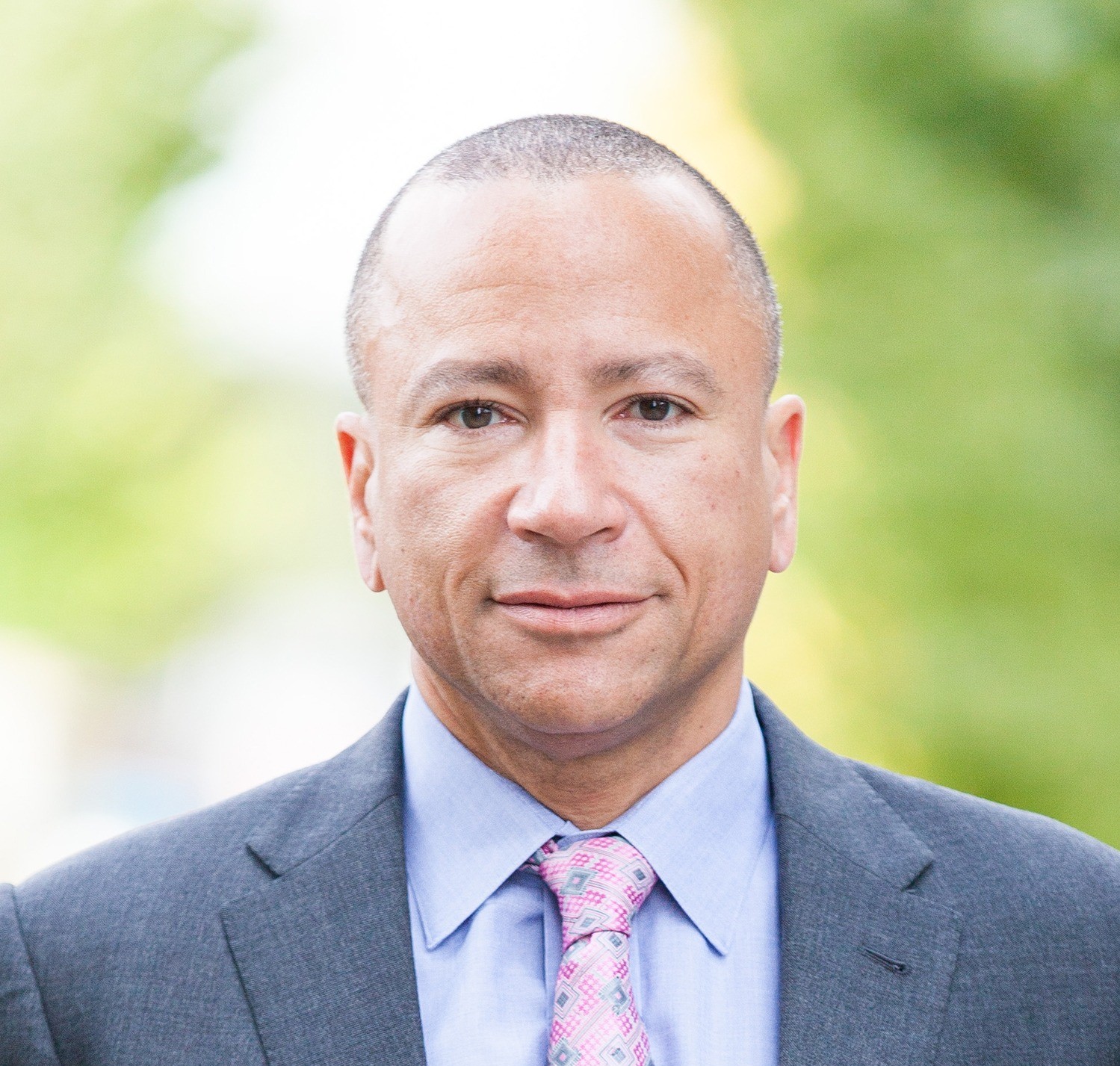Canada’s prairie provinces have signed an agreement that could benefit energy trade with other countries.
Alberta, Saskatchewan and Manitoba entered a memorandum of understanding in April to improve western Canada’s interconnected road, rail, air, energy and port corridors.
The long-term goals include expanding the West’s export-based economy, strengthening the region’s global markets participation, and building relationships with international trading partners – several of which are calling on Canada to speed-up liquefied natural gas (LNG) development.
“The perception of Canada’s trade infrastructure by customers abroad has plummeted,” said Carlo Dade, director of the Trade and Investment Centre at the Canada West Foundation, which worked closely with the provinces to support their efforts.

Carlo Dade, director of the Trade and Investment Centre at the Canada West Foundation. Photo courtesy Canada West Foundation
Internationally, Canada dropped from a top 10 supplier a decade ago to rank number 32 in the World Economic Forum’s 2019 Global Competitiveness Report, he noted.
“The decline in our global trade infrastructure stems from our inability to manage development of trade infrastructure. Our unwillingness to move LNG is added on top of this to give Canada two black eyes,” said Dade.
Goods and services trade accounted for around 65 per cent of Canada’s GDP in 2020, according to the Government of Canada.
Good reason to improve transportation corridors for even greater efficiency, said Dade.
“Trade pays for health care, education and keeping the lights on,” he said.
The agreement between the prairie provinces provides a new platform to advocate mutual interests at the federal level.
The vision of building nationwide connected corridors to transport any number of commodities including oil, gas, hydrogen, forestry products, fish, and manufactured goods has been championed by many, including Indigenous business leader Chris Sankey.
“This is good news for prairie provinces, and I’m hoping British Columbia will come on board,” said Sankey, CEO of Blackfish Enterprises and former elected councillor of the Lax Kw’alaams First Nation near Prince Rupert.
“For us to start working together, I think it’s important that Indigenous people are at the table.”
Indigenous communities are the solution when it comes to building economic activity in their territory, said Sankey, adding that Indigenous participation to improve transportation corridors creates an alignment that can de-risk projects.
“I would say to our leaders, we need to start thinking globally and acting locally,” he said.
Canada’s challenges delivering energy to international customers are raising questions about its ability to supply other commodities, said Dade.
Canada has yet to deliver a single LNG export shipment, while the global LNG sector thrives. The U.S. has become one of the world’s largest LNG exporters. In 2022, Germany signed a 15-year LNG supply deal with Qatar after German chancellor Olaf Scholz ended a visit to Canada without a commitment on LNG supply.
“We currently cannot have rational conversations about moving energy in this country, partially because we have those conversations in isolation,” said Dade. “Each transport project, each sector, each bottleneck gets its own conversation. In a country with integrated supply and production chains where everything impacts everything else.”
According to the latest industry outlook, global LNG demand is expected to exceed 700 million tonnes by 2040 from its 2022 level of 397 million tonnes. The growth is driven by emerging Asian economies seeking to curb emissions by reducing reliance on coal-fired power.
Canadian LNG is expected to have among the world’s lowest emissions per tonne due to a colder climate, lower methane emissions from natural gas production, and the use of hydroelectricity to power operations.
In February, representatives from Japan and South Korea stressed that Canada should accelerate LNG development, saying “the world is waiting.”
“Canada can and should play a very important role to support the energy situation not only in Japan and South Korea, but the world,” said Yamanouchi Kanji, Japan’s ambassador to Canada in a webinar hosted by the Canada West Foundation.
The unaltered reproduction of this content is free of charge with attribution to Canadian Energy Centre Ltd.
